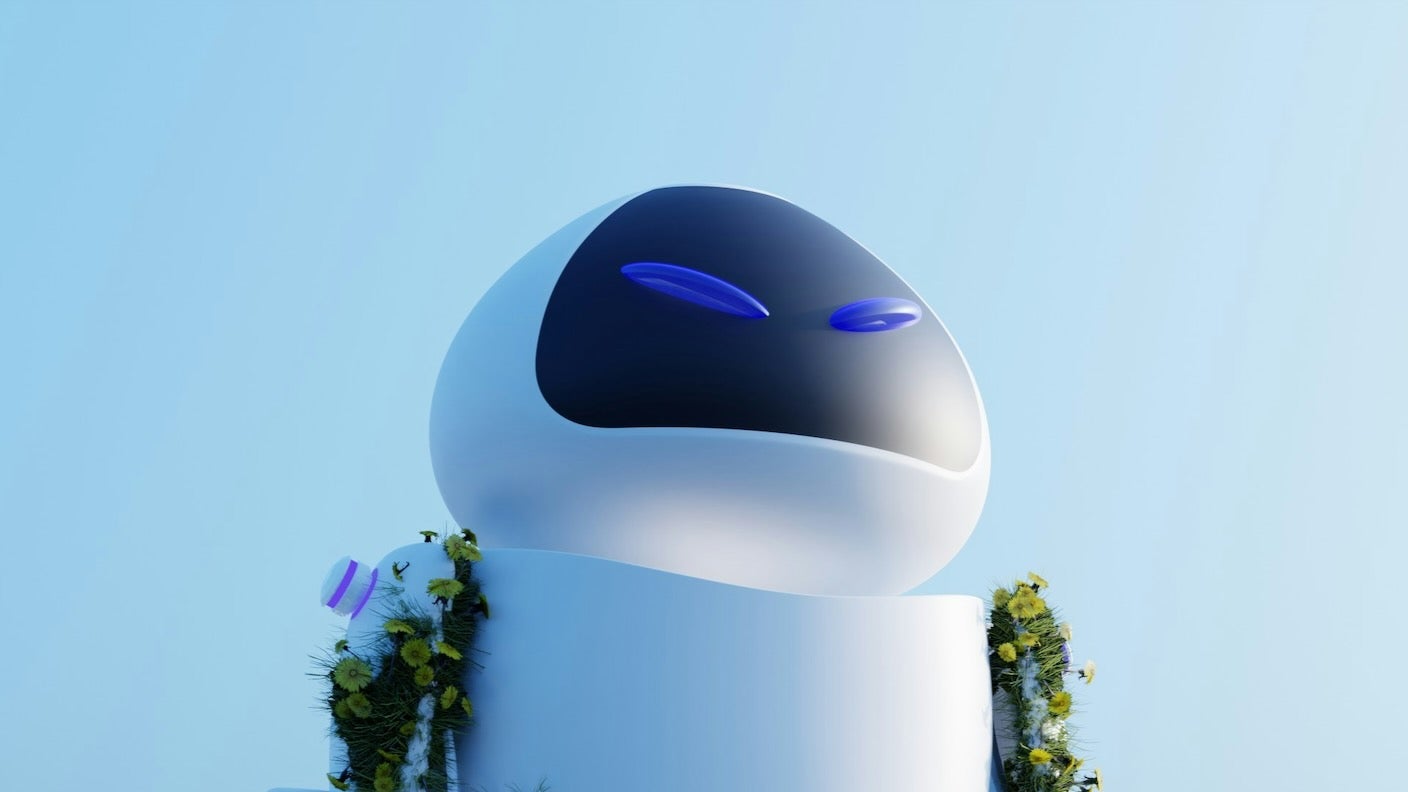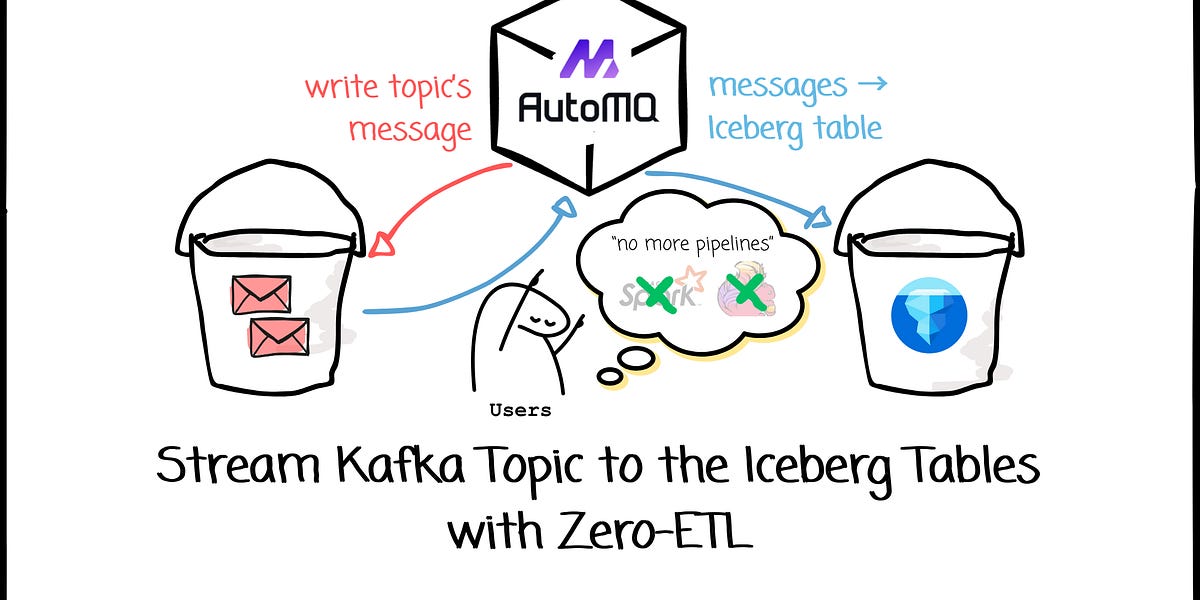
AI Agents Are Here. This Is What They Can Do—and How They Can Go Wrong
We are entering the third phase of generative AI. First came the chatbots, followed by the assistants. Now we are beginning to see agents: systems that aspire to greater autonomy and can work in “teams” or use tools to accomplish complex tasks.
The latest hot product is OpenAI’s ChatGPT agent. This combines two pre-existing products (Operator and Deep Research) into a single more powerful system which, according to the developer, “thinks and acts.”
These new systems represent a step up from earlier AI tools. Knowing how they work and what they can do—as well as their drawbacks and risks—is rapidly becoming essential.
ChatGPT launched the chatbot era in November 2022, but despite its huge popularity the conversational interface limited what could be done with the technology.
Enter the AI assistant, or copilot. These are systems built on top of the same large language models that power generative AI chatbots, only now designed to carry out tasks with human instruction and supervision.











